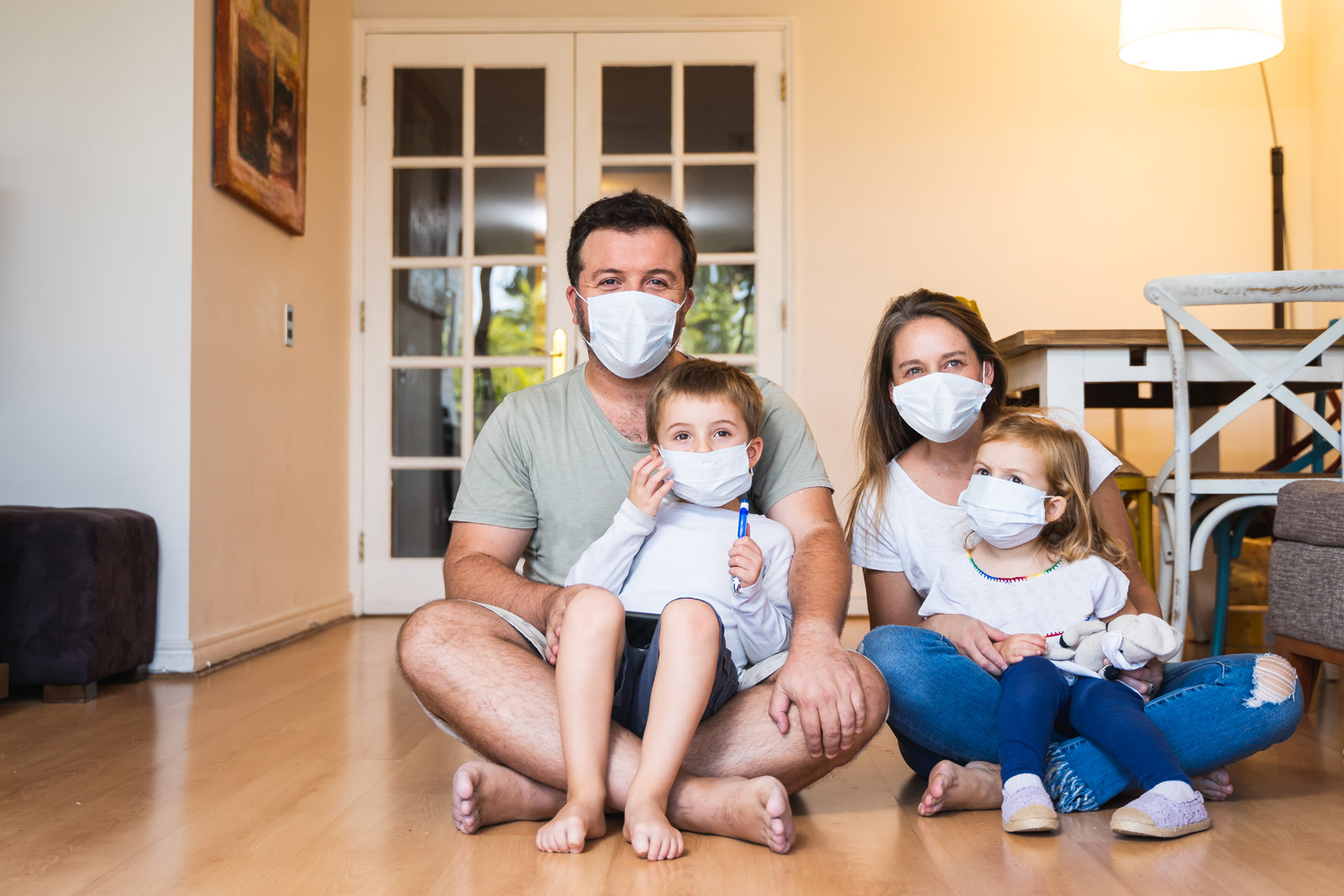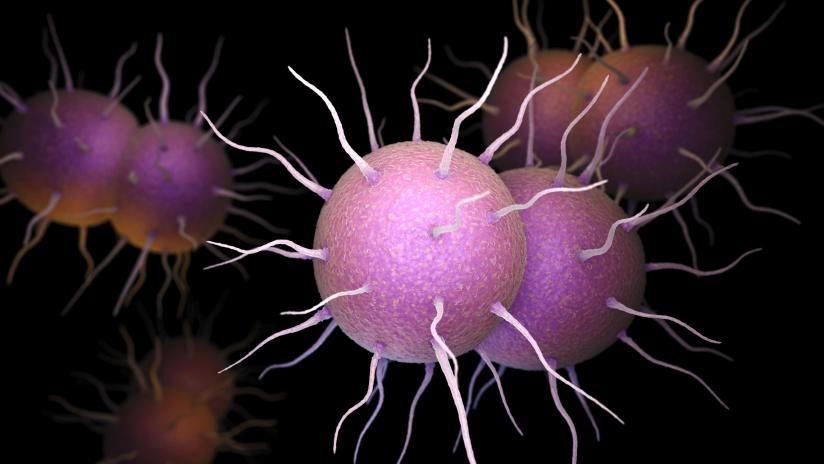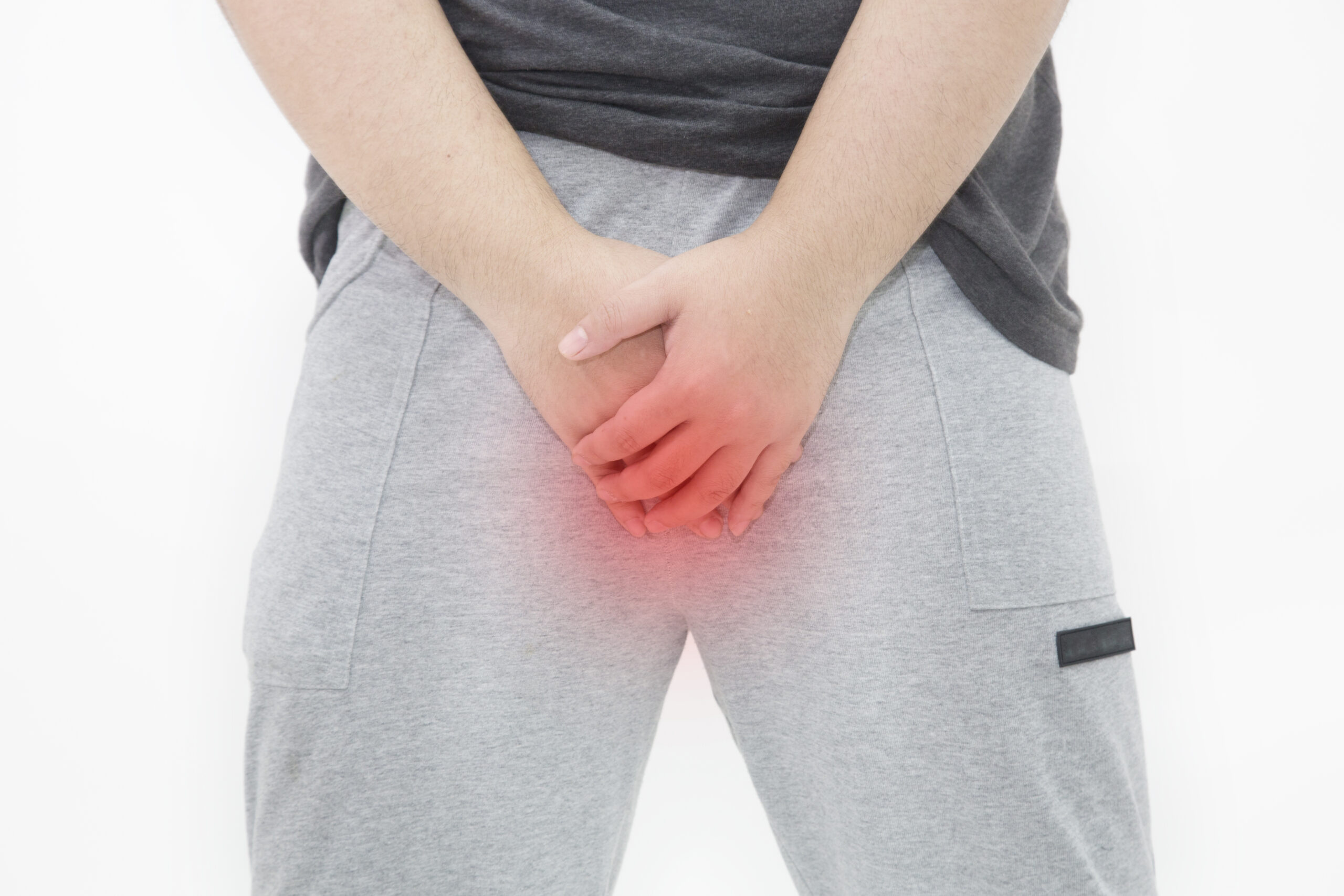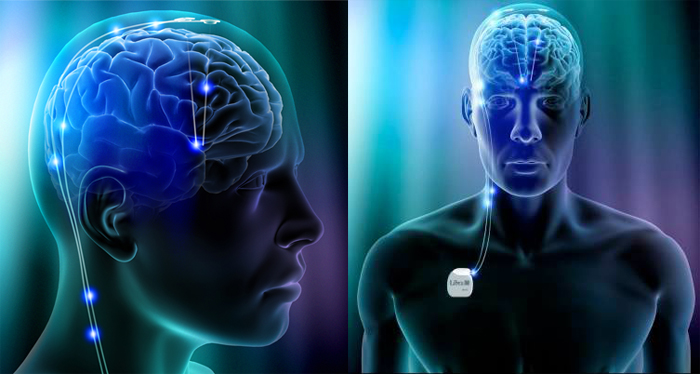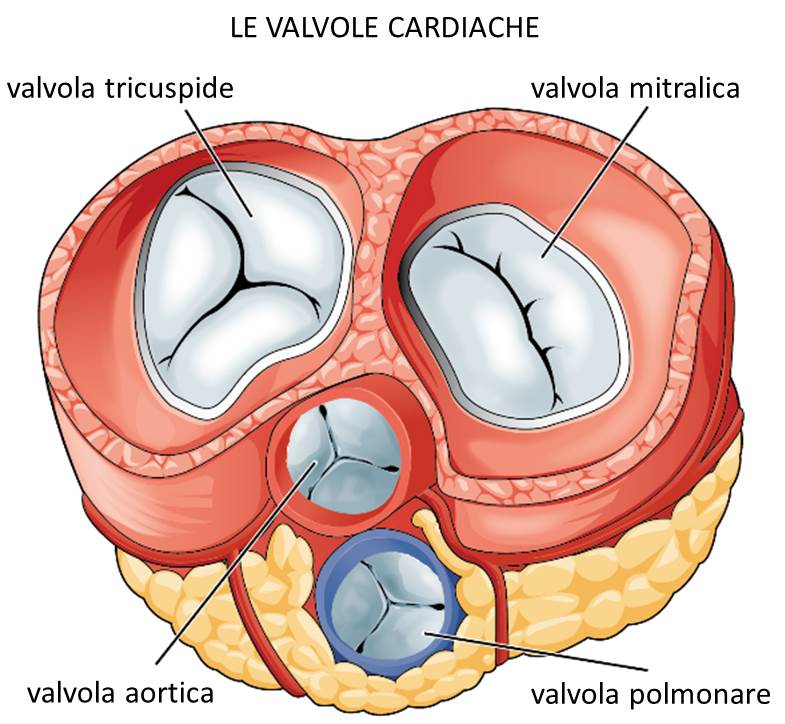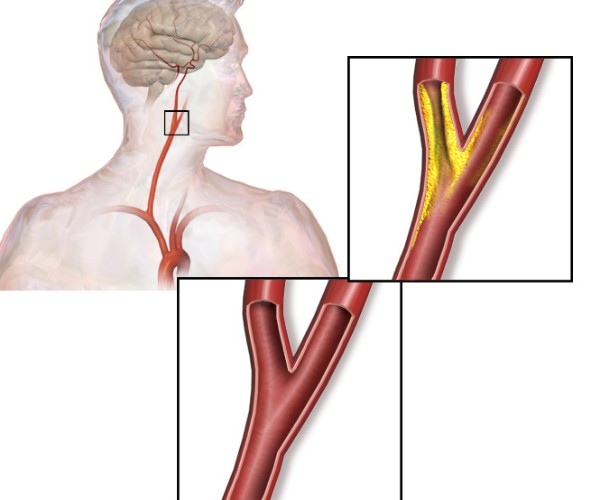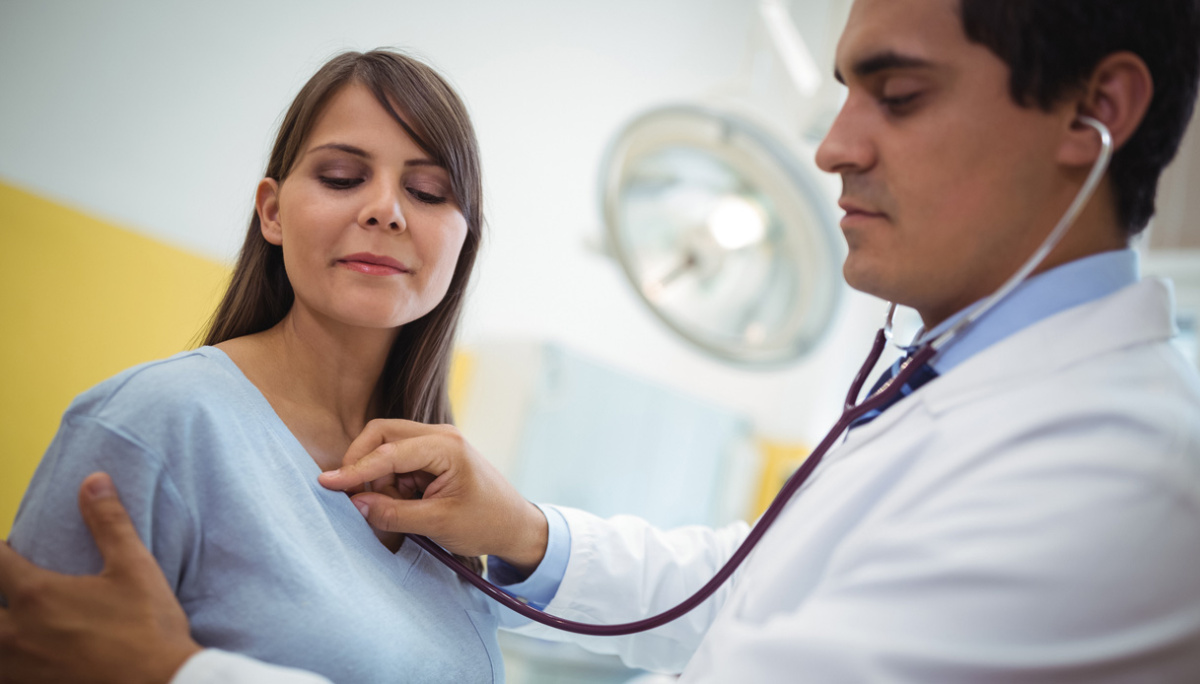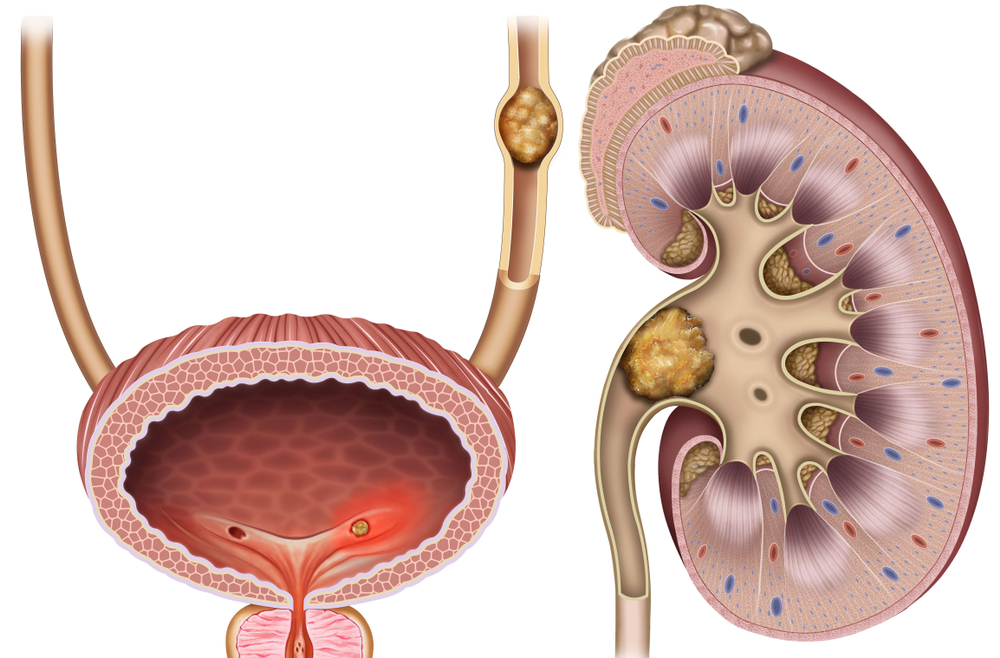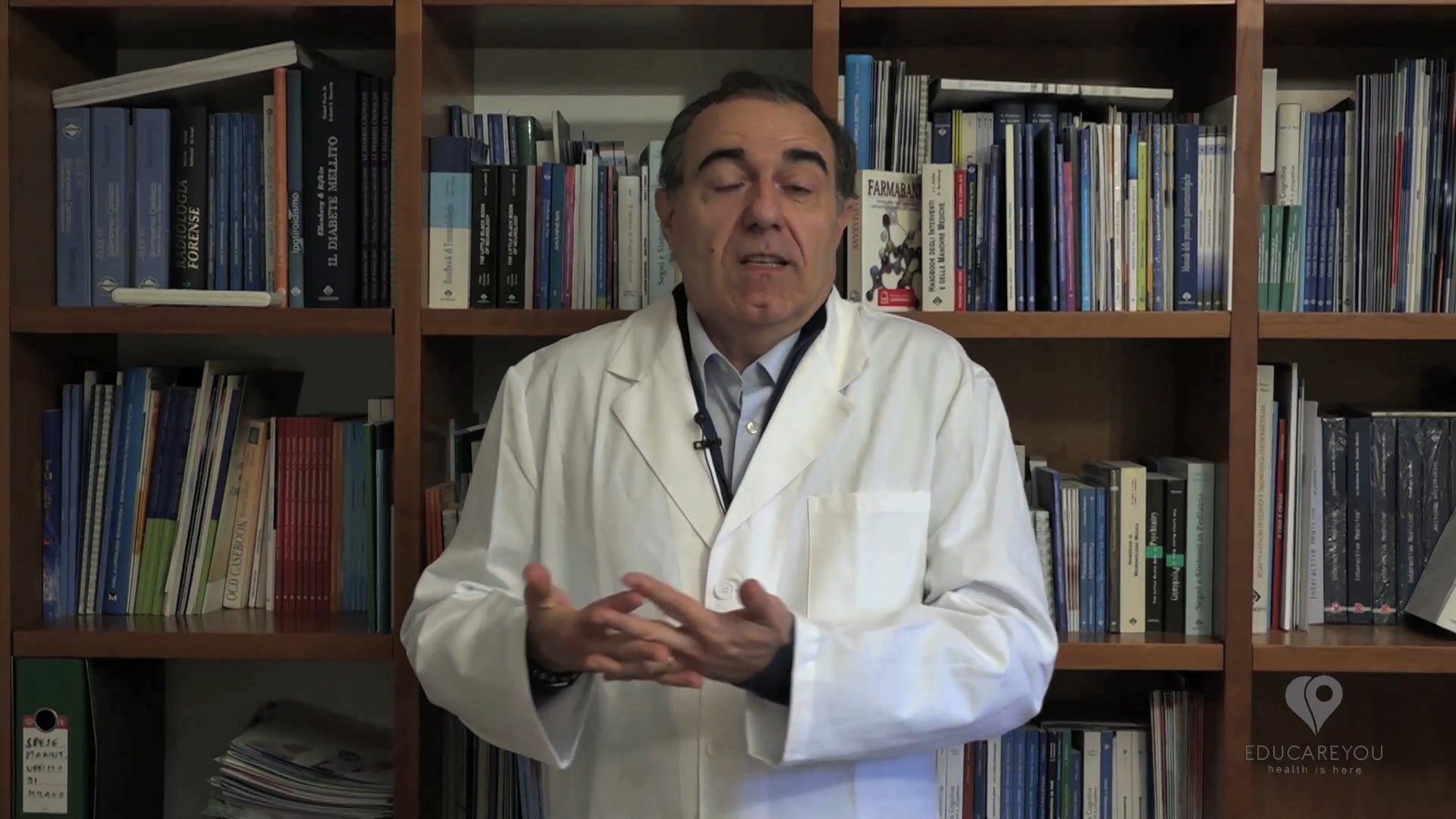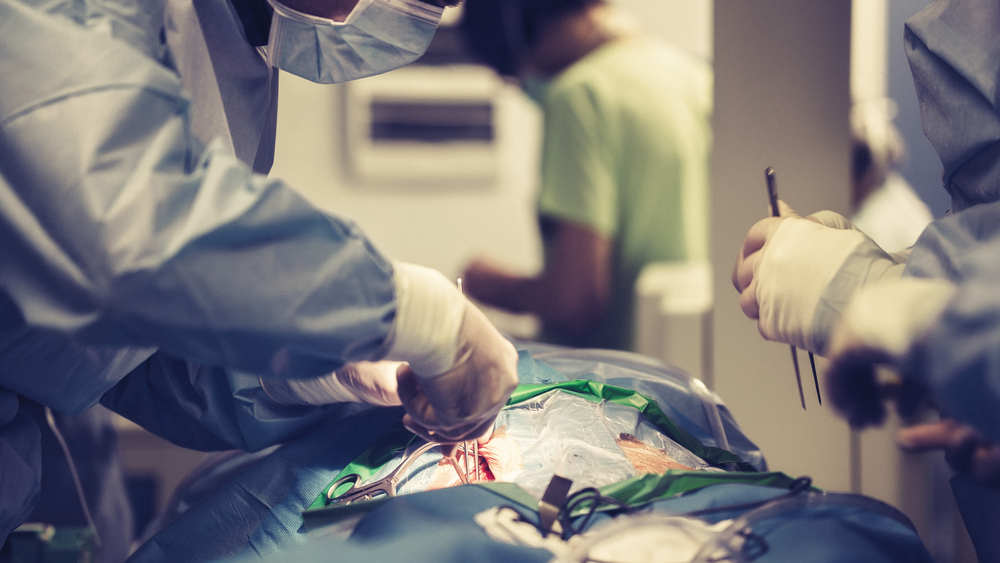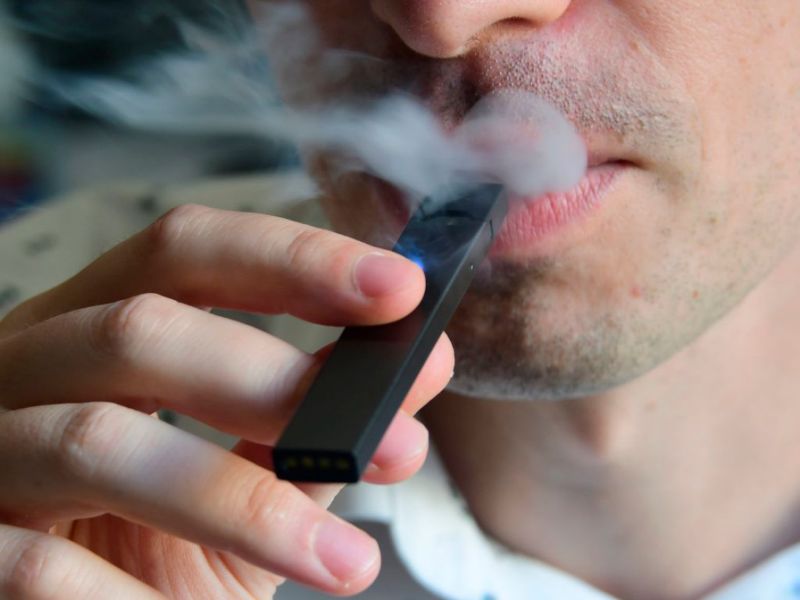The
panic attacks
are one of the typical symptoms of adolescence. Anxiety disorders and panic attacks in fact represent one of the prevalent reasons why psychological counseling is sought in this age group.
This is an issue that should not be underestimated: because it is painful and disabling; it slows or hinders the physiological adolescent process characterized by separation from parental figures, acquisition of autonomy and identity; and it can activate depressive symptoms or the tendency to use psychoactive substances.
Tachycardia, hot flashes, tingling, nausea, headaches, difficulty breathing, inconsolable crying, fear of fainting, losing control, going insane, or dying are the symptoms that can occur, alongside genuine dissociative phenomena such as derealization and depersonalization.
Also specific is the structuring of vicious circles characterized by anticipatory anxiety, avoidance, and the need for reassurance. That is, the child becomes anxious because of the fear that the experience may be repeated (fear of fear), enacts a whole series of stratagems to avoid potentially dangerous situations (from going to school, to going out with friends, to taking a trip, etc.), and searches for patterns of behavior or reassuring presences. At an age in which the personal horizon should be expanding outward, there is instead a closure and narrowing of interests and contacts.
The positive and physiological function of anxiety (activation of personal resources to cope with a difficulty) seems to lose its regulatory capacity to give way to continuous and excessive activation with respect to the situations to be faced.
Let us keep in mind that we could calladolescence a physiological illness . A period of transition and travail in which an adolescent faces complex and difficult growth transitions.
It is an age in which we enter without a net into the real world.
The fact that there is a significant increase in this symptomatology (also accomplice to a tendency to define panic attacks also transient and in many respects paraphysiological moments of anxiety) stems both from increased attention to children’s psychophysical well-being and, paradoxically, from an excess of parental care in protecting during childhood their children from frustrations (arising from conflicts, disappointments, failures). Consequently, these children, once they become teenagers, are as if catapulted into an outside world “that does not discount,” without having had the chance to form the emotional antibodies necessary to deal with it.
These are kids who are unfamiliar with some fundamental categories of existence such as emptiness, boredom, uncertainty, and conflict. Raised in an arrangement where what Fornari calls the maternal code, an affective (and consequently also educational) function of acceptance, of immediate satisfaction of desire, predominates, rather than the paternal code, that of norm, limit, expectation, sacrifice and renunciation.
And this also concerns society as a whole imprinted with narcissism and its corollaryomnipotence, but at the same time dominated by a sense of failure and the absence of hope and future.
Parents themselves, after all, are frequently fragile, insecure, personally in need of reassurance and confirmation, with high expectations of their children. This is not conducive to overcoming the childish primary narcissistic grandiosity (the little king and princess); on the contrary, it contributes to children having very high expectations of their own performance and expecting unrealistic recognition and understanding from others. Thus poor frustration tolerance and substantial narcissistic fragility concur in amplifying elements that are characteristic of adolescence such as concern for the judgment of others, shame, and fear of failure, leading to a real blockage, of which panic attacks are the expression.
At the origin of panic attacks there is always a stressful condition brought about by a change in one’s life structure and perception of safety.
There can be many events that lead to this condition: the betrayal of a friend or boyfriend/boyfriend, the death of a close person, an illness, an episode experienced as a harbinger of insecurity and instability, or excessive performance anxiety (at school, with teachers, in relationships with peers).
Moreover, in this particular historical moment, fear related to pandemic, isolation, DAD (Distance Learning) contribute to stress by exponentially increasing insecurity, anger, sense of loneliness and inadequacy, resulting in difficulties in attention-concentration, alteration of sleep-wake rhythm, decline in commitment, hyper-control behaviors, etc…
All these conditions refer to a state that in psychological terms is called mourning and has to do with temporary or permanent loss, real or phantasmal. So not only concrete death, but the collapse of a dream, an ideal, a project, a certainty, many times even an illusion.
After all, adolescence is itself an age of mourning: the mourning of the previous age, the renunciation therefore of omnipotence, of the strong image of one’s parents, of the reassuring condition of “little one,” in order to experience the loneliness of the world and of being. Impacting death (in the broad terms we have said) can have a deflagrating effect in its absolutist logic: If one must die then there is no point in living. As well as: if my body is not perfect it is useless to treat it or even If betrayal exists then it is dangerous to love.
Death, illness, and error are experienced precisely as a betrayal, a disfigurement and an irremediable attack on ideal wholeness, integrity and perfection. All certainties are razed to the ground. In the face of indeterminacy, a sense of devastation prevails, a blocking and disabling panic. The only possibility then is to accompany the adolescent (sometimes separately also the parents) in a work of recognizing, accepting and valuing limitation (one’s own and others’), the possibility of error, partiality (of life, relationships, feelings) because these concepts are inseparable from life and living.
Panic attacks therefore, like all symptomatic manifestations, are important signals that need to be decoded, requiring attention and an attitude of acceptance not erasure/tactigation. The idea of making them disappear, that they will never come up again, is not only unrealistic but mostly means missing an opportunity. The opportunity to gain a little deeper knowledge of oneself, one’s limitations and potential. Moreover, while it is true that nothing and no one will be able to guarantee that one will never have a panic attack again, one can feel more competent and equipped in the event that it occurs again because one already knows what it is about, can understand its meaning (which always refers to other areas of life and the attitude in dealing with them), knows that it will pass, has the ability to cope with it, and is indicative of the complexity, richness, sensitivity, and uniqueness of one’s inner world.
Next to psychological counseling, what can be recommended for an adolescent to put into practice in the immediacy of the crisis?
- Seek a physically comfortable and quiet condition, such as sitting with your back firmly supported in a secluded place.
- Stretch the muscles as much as possible.
- Try to slow down the rush of thoughts, focusing on one thought at a time and keeping in the background the confidence that “there is no danger and everything will pass.”
- Pay close attention to your breathing: inhale through your nose and exhale slowly, as much as possible, through your mouth, focusing on the air coming in and going out, coming in cool and going out warm.
- Embrace with joy the slowing of the breathing rhythm
And what to advise the parent?
- Try not to be frightened (this would amplify the child’s fear).
- Do not experience the child’s difficulties as one’s own fault or a demonstration of parental inadequacy
- Considering anxiety as a “human” phenomenon, which everyone experiences, which is not to be ashamed of, and which can help you understand more about yourself and your situation
- Reflect on the expectations you have of your child
- Reassure the child that he or she can tolerate uncertainty and cope with a feared situation
- Valuing error as an element of experience, correction and repair.
By Marisa D’Arrigo.



